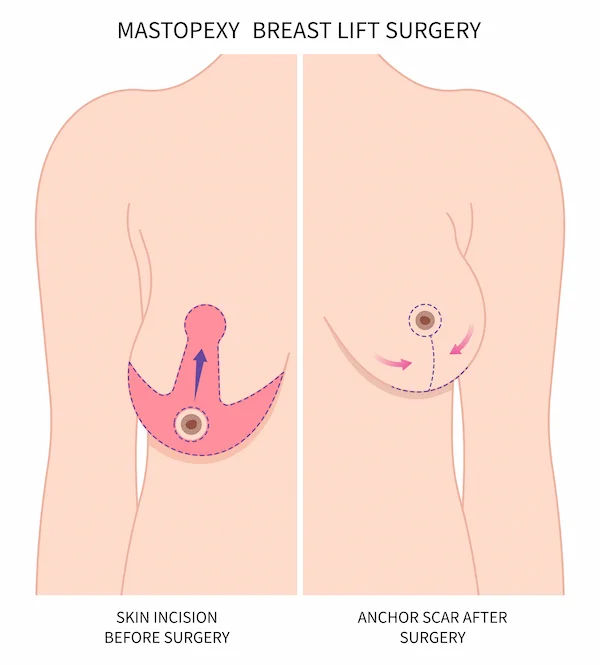Why Do They Remove The Nipple During A Mastectomy?
Understand why the nipple is sometimes removed during a mastectomy. Learn the medical reasons, surgical options, and how this decision affects recovery and breast reconstruction.

Written by Dr.Sonia Bhatt
Last updated on 17th Jul, 2025
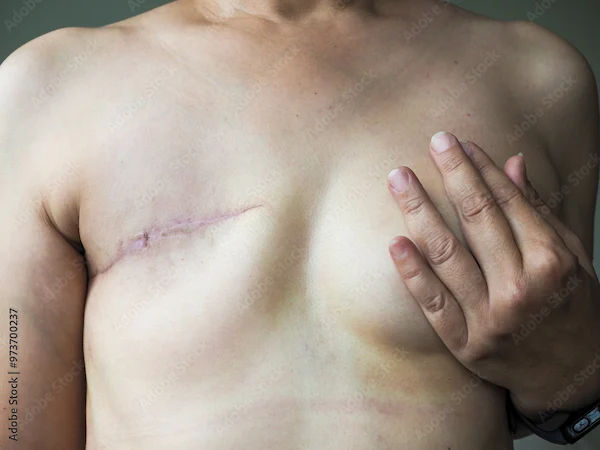
Introduction
A mastectomy is a surgical procedure to remove one or both breasts, often performed to treat or prevent breast cancer. One common question patients have is: Why is the nipple removed during a mastectomy? This article explains the reasons behind nipple removal, what to expect during recovery, and options for reconstruction. Our goal is to provide clear, compassionate information to help you understand the process and make informed decisions about your health.
Understanding Mastectomy and Nipple Removal
A mastectomy involves removing breast tissue to eliminate cancer or reduce the risk of its development. In many cases, the nipple and areola (the darker area around the nipple) are also removed. Here’s why:
1. Cancer Prevention
Breast cancer can develop in or near the nipple (a condition called Paget’s disease of the breast).
Even if cancer isn’t detected in the nipple initially, leaving it behind could increase the risk of recurrence.
Removing the nipple ensures all potentially cancerous tissue is taken out.
2. Surgical Precision
The nipple contains ducts that connect to breast tissue. If cancer is present, these ducts may harbour cancerous cells.
Surgeons prioritise complete removal of affected tissue to minimise the chance of cancer returning.
3. Better Cosmetic Outcomes in Reconstruction
While nipple-sparing mastectomies (where the nipple is preserved) are possible in some cases, removing it often allows for more symmetrical and natural-looking reconstruction.
If the nipple is removed, it can be reconstructed later using skin grafts or tattooing.
Consult Top Specialists for Personalised Tips
When Can the Nipple Be Preserved?
In some cases, a nipple-sparing mastectomy may be an option if:
The tumour is not close to the nipple.
There’s no evidence of cancer in the nipple or areola.
The patient has a low risk of cancer recurrence.
However, this decision depends on multiple factors, including cancer stage, breast size, and surgeon recommendations.
What Happens After Nipple Removal?
Here’s what happens after nipple removal:
1. Recovery Process
After surgery, you may have some soreness, swelling, or numbness in the chest area.
Your doctor will provide pain management options and care instructions.
Most patients recover within a few weeks but may need longer for full healing.
2. Nipple Reconstruction Options
If you choose reconstruction, you have several options:
Surgical Reconstruction: A plastic surgeon can create a new nipple using skin from another part of your body.
3D Tattooing: A medical tattoo artist can create a realistic-looking nipple and areola.
Prosthetic Nipples: Silicone prosthetics can be used for a natural appearance.
Emotional and Psychological Support
Losing a nipple (or breast) can be emotionally challenging. It’s normal to feel grief, anxiety, or body image concerns. Here’s how to cope:
Talk to a Counsellor: Many hospitals offer therapy or support groups for mastectomy patients.
Connect with Survivors: Sharing experiences with others who’ve undergone similar surgeries can be comforting.
Explore Reconstruction: If appearance is a concern, discussing reconstruction options with a surgeon can help restore confidence.
When to Consult a Doctor?
If you’re considering a mastectomy or have concerns about nipple removal, consult a breast cancer specialist. They can guide you on the best approach based on your condition.
Conclusion
While nipple removal during a mastectomy may seem daunting, it’s often a necessary step to ensure complete cancer removal and long-term health. Advances in reconstruction mean you still have options to restore your appearance if you choose.
Consult Top Breast Surgeon
Consult Top Specialists for Personalised Tips

Dr. Jayanti Thumsi
Breast Surgeon
21 Years • MBBS,MS,Clinical Attachment
Bengaluru
Apollo Hospitals Bannerghatta Road, Bengaluru
(200+ Patients)

Dr Nita S. Nair
Breast Surgeon
11 Years • "MBBS, MS (General Surgery), MCh (Surgical Oncology) MRCS (Ed.) "
Mumbai
Apollo Hospitals CBD Belapur, Mumbai
(75+ Patients)

Dr Shaikat Gupta Director Surgical Onco
Surgical Oncologist
34 Years • MBBS (University Gold Medalist), MS, FRCSEd
Kolkata
Apollo Multispeciality Hospitals , Kolkata, Kolkata
(225+ Patients)
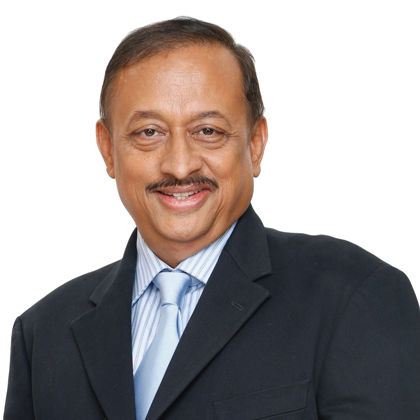
Dr. Anup Dhir
Plastic Surgeon
38 Years • MBBS, MS, MCh (Plastic & Reconstructive Surg.), FECSM
Delhi
Apollo Hospitals Indraprastha, Delhi
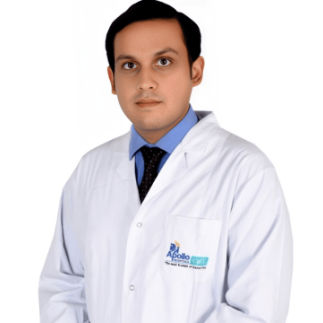
Dr. Aniket Dave
Plastic Surgeon
8 Years • MBBS, MS (General Surgery), MCh (Plastic and Reconstructive Surgery)
Ahmedabad
Apollo Hospitals - Gandhinagar, Ahmedabad, Ahmedabad
Consult Top Breast Surgeon

Dr. Jayanti Thumsi
Breast Surgeon
21 Years • MBBS,MS,Clinical Attachment
Bengaluru
Apollo Hospitals Bannerghatta Road, Bengaluru
(200+ Patients)

Dr Nita S. Nair
Breast Surgeon
11 Years • "MBBS, MS (General Surgery), MCh (Surgical Oncology) MRCS (Ed.) "
Mumbai
Apollo Hospitals CBD Belapur, Mumbai
(75+ Patients)

Dr Shaikat Gupta Director Surgical Onco
Surgical Oncologist
34 Years • MBBS (University Gold Medalist), MS, FRCSEd
Kolkata
Apollo Multispeciality Hospitals , Kolkata, Kolkata
(225+ Patients)

Dr. Anup Dhir
Plastic Surgeon
38 Years • MBBS, MS, MCh (Plastic & Reconstructive Surg.), FECSM
Delhi
Apollo Hospitals Indraprastha, Delhi

Dr. Aniket Dave
Plastic Surgeon
8 Years • MBBS, MS (General Surgery), MCh (Plastic and Reconstructive Surgery)
Ahmedabad
Apollo Hospitals - Gandhinagar, Ahmedabad, Ahmedabad
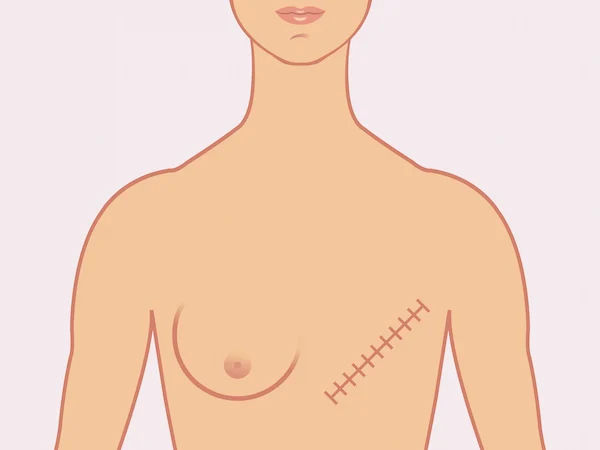
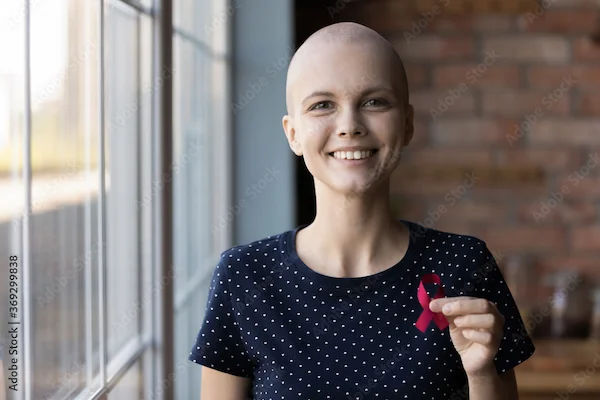
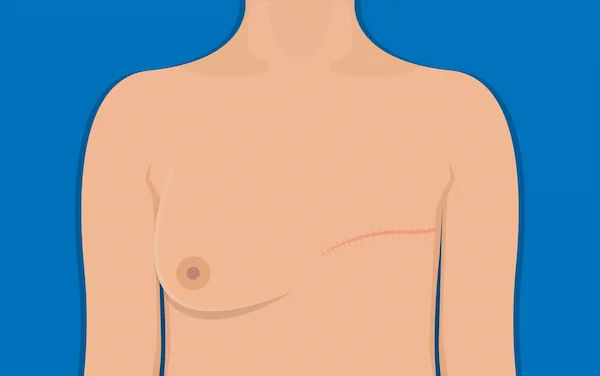
.webp)
